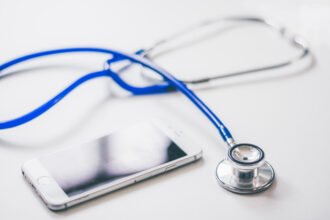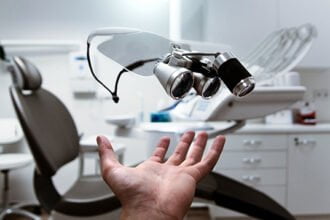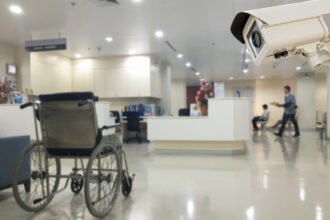They are already reading Pap smears:
They are already reading Pap smears:
Pap-screening computer, the BD FocalPoint GS Imaging System, is a marvel of medical engineering. The machine’s image-searching software rapidly scans slides in search of more than 100 visual signs of abnormal cells. It then ranks the slides according to the likelihood they contain disease, and it identifies 10 areas on each slide for a human to scrutinize…. In one study, doctors and technicians working without the robot detected 79.2 percent of abnormal slides; with the robot, 85.8 percent of abnormal slides were found… Working manually, a cytotechnologist can analyze about 80 to 90 slides a day (regulations set the maximum at 100 per day). Using the FocalPoint, a human examiner can go through 170 slides per day.
And there is more:
In addition to Pap tests, computers are now routinely used by radiologists to analyze mammograms, and a range of similar technologies could upend the way pathologists and radiologists screen for many other ailments. So far, machines have proved useful in detecting abnormalities on images of the colon, the chest, and coronary arteries, and they may soon help doctors analyze prostate and breast biopsies.
Full Slate article here. HT: Ezra







